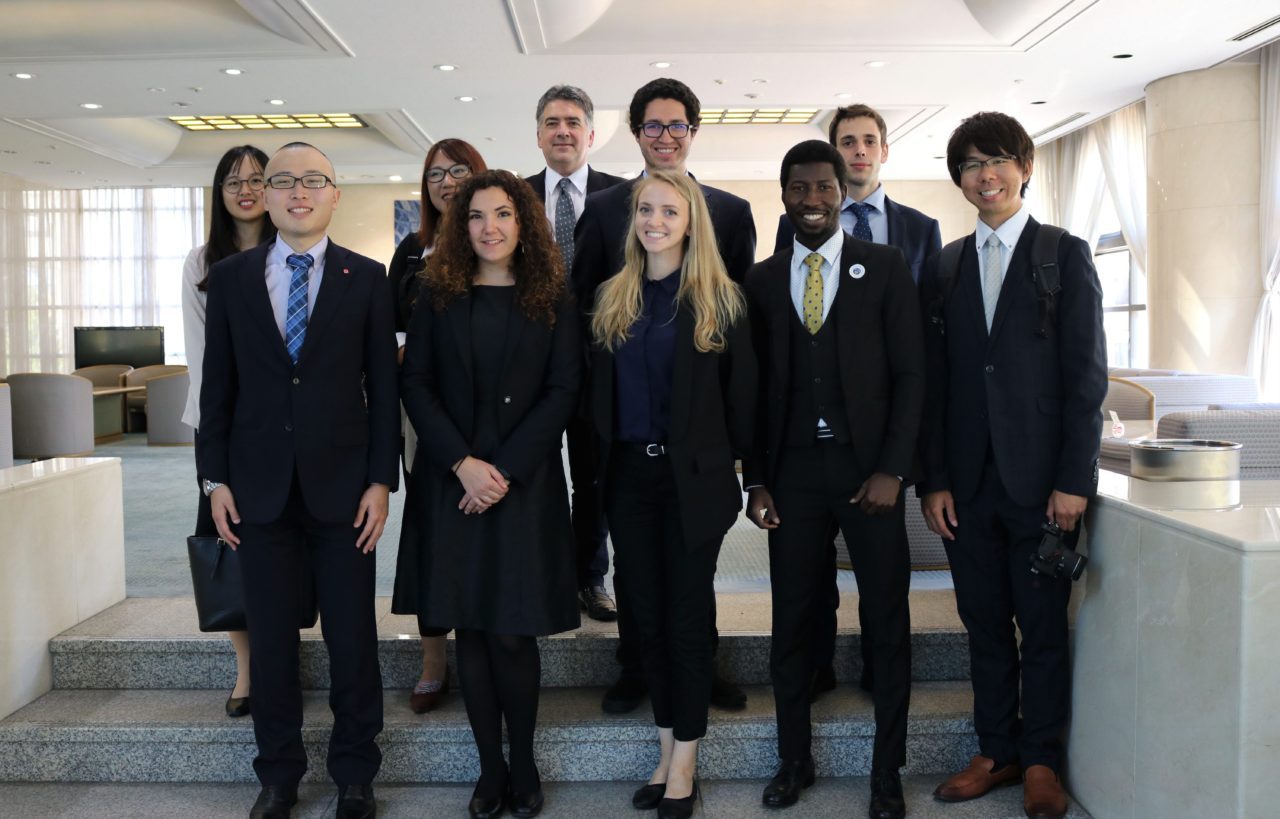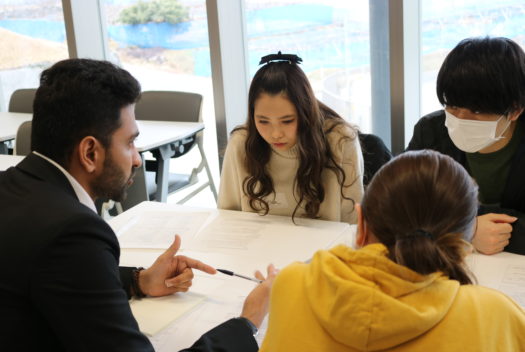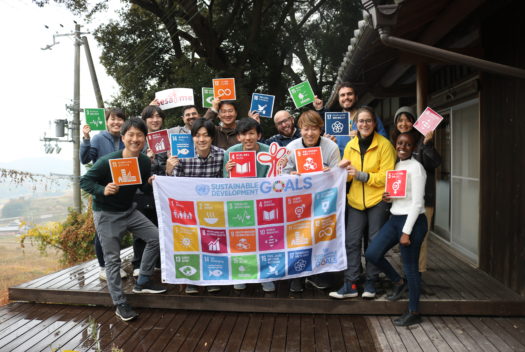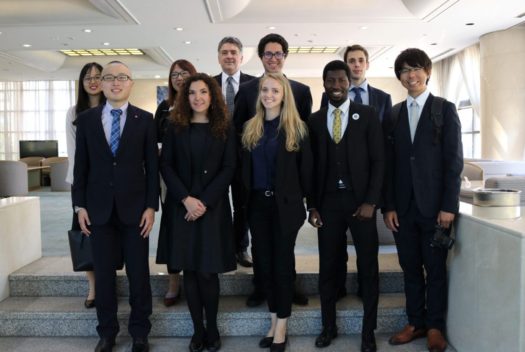[Interview]Sisyu and the art of Japanese calligraphy
Many people believe in kotodama, or the living soul of a word.
This very soul can be captured in the art of writing and is the power of Japanese calligraphy.
- Category: #Interview #Culture
- Interview date: Oct 2nd, 2018
- Writer: Valentin Defossez
➀What are your thoughts regarding the importance of Japanese calligraphy today?
Many people believe in kotodama, or the living soul of a word.
This very soul can be captured in the art of writing and is the power of Japanese calligraphy.
The power of Japanese calligraphy stems from the meaning and energy which flow from a word as it decorates the page. In Japanese culture one can feel its close presence, and many people believe in the spiritual power held by each individual character.
During the beginning of the year, when we make our first visit to a shrine, we might obtain a protective charm, one made by a monk with the utmost care and respect for the life of others, or a note of gratitude written by a priest that we either keep with us or use as a decoration for the household shrine. It is believed that by using these objects as decorations we can benefit from their energy. To master calligraphy, one aims to draw the energy from each character.Calligraphy which successfully transcends beyond one’s heart will evoke such energy to flow out.
➁Since you currently maintain an active career around the world, could you give us your opinion on how Japanese calligraphy has been perceived outside of Japan?
Explaining how Japanese calligraphy evokes expression to a foreign audience is difficult using only two dimensions. This is due to the Japanese concept of practicing calligraphy using only one stroke, while in the West a piece is typically realized by adding layers upon each other. It was important that I first communicate this major conceptual difference.
As it is my hope to express Japanese calligraphy in a way which crosses both national borders and linguistic barriers, I sought to create what became my “Calligraphic Cubism” artwork. For people who live in a country where there is no culture of practicing calligraphy, they might see a work of calligraphy only as simple lines drawn in black ink.I have previously received many comments such as the following:
“What is the difference between this and simply drawing an outline then painting the inside?”
“Is it a just a trace of spilled ink?”
“Why do you have to draw it using only one stroke?”
“I thought that expression comes from applying several layers of paint, so why is calligraphy like this?”
Or simply,
“I do not understand calligraphy.”
Calligraphy originates from the idea that it is delimited by the sheet of paper. However, the calligrapher knows that calligraphy is not merely the matter of a flat surface.
As the tip of the brush swims along the surface, the paper’s depth can be sensed profoundly.
Cubic sculpture is a unique way of capturing the essence of a brush’s movements and the depth of calligraphy.
A light touch of the brush is felt in the front of the sculpture, while strong pressure exists in the back of piece. Thus, A line drawn with one brushstroke becomes one sculpture.





